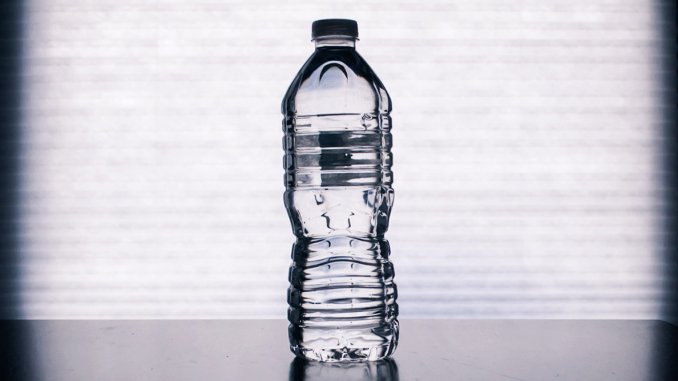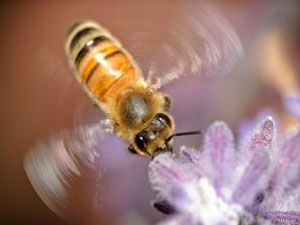Reductive Dehalogenation of Dichlorobenzenes and Monochlorobenzene to Benzene in Microcosms
时间:2009-04-18 阅读: 我要评论:
Cornell University.
, §Present address: LanzaTech, Auckland, New Zealand.
, ‡DuPont Corporate Remediation Group.
, * *Corresponding author phone: (607) 255-2415; fax: (607) 255-3904; e-mail: shz1@cornell.edu.Abstract
Anaerobic microcosms were constructed using sediments from a historically chlorobenzene-contaminated site and were provided with yeast extract as an electron donor. In these methanogenic microcosms, all three isomers of dichlorobenzene (DCB) were reductively dehalogenated to monochlorobenzene (MCB) when added together or individually, with 1,2-DCB dehalogenation being the most rapid and 1,4-DCB the slowest. When nearly all of the DCBs were consumed, benzene was detected and its accumulation was concomitant with MCB disappearance. Small amounts of toluene were also detected along with benzene. Subsequent MCB doses were also converted to benzene, and benzene reached levels in excess of 5000 μmol/L in some microcosms. An initial DCB dose stimulated, and in some cases was necessary for, MCB dehalogenation. Subsequent doses of DCB or MCB were dehalogenated more rapidly than previous ones, consistent with a growth-related process. Addition of a ca. 4% inoculum from microcosms that had consumed DCBs or MCB stimulated DCB and MCB dehalogenation in fresh microcosms, also indicative of growth and suggests that the chlorobenzene-dehalogenating microorganisms in these microcosms are candidates for bioaugmentation at anaerobic DCB or MCB contaminated sites. These studies add to evidence that benzene production from chlorobenzenes needs to be considered when modeling processes at contaminated sites.
本栏目最近更新
特别声明:本文转载仅仅是出于传播信息的需要,版权归原作者所有,并不意味着代表本网站观点或证实其内容的真实性; 如其他媒体、网站或个人从本网站转载使用,须保留本网站注明的“来源”,并自负版权等法律责任; 作者如果不希望被转载或者联系转载稿费等事宜,请与我们接洽:service#environmentor.cn(请将#改为@)。
来源: 作者: (环境人 Environmentor.Cn)





